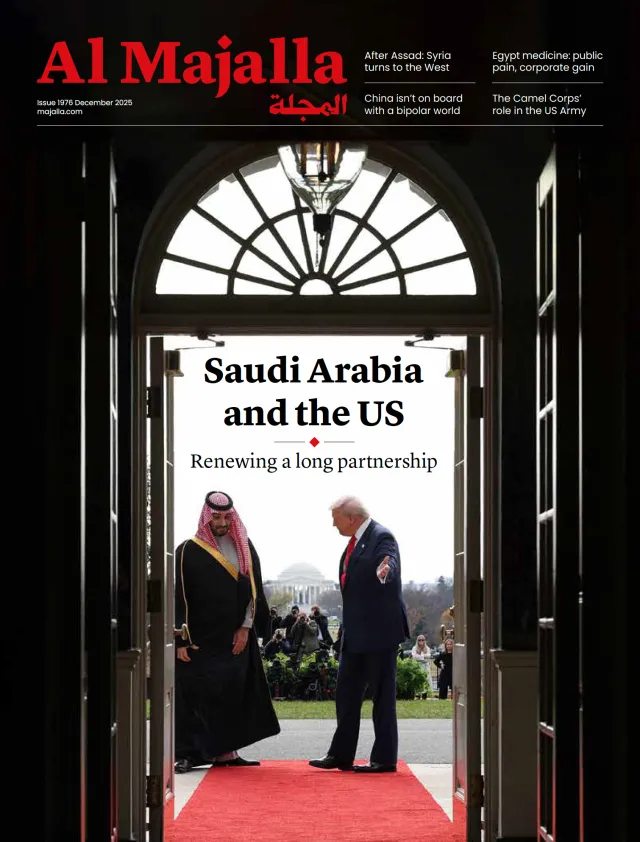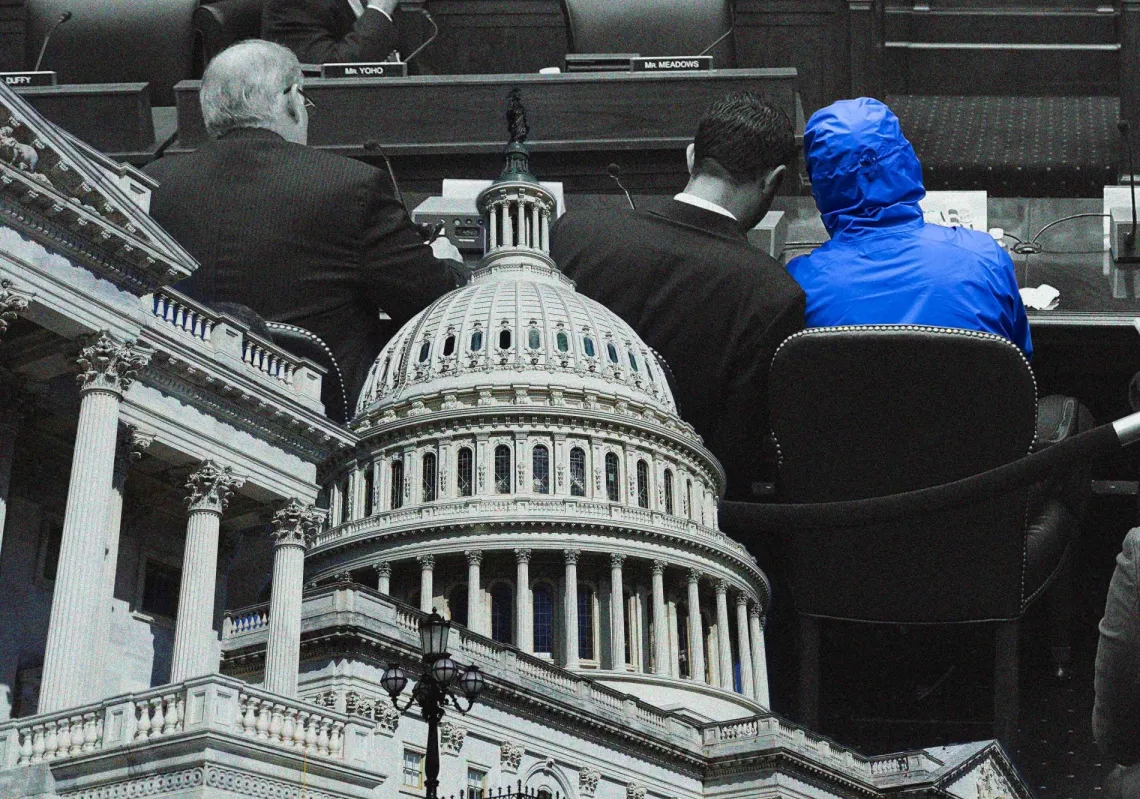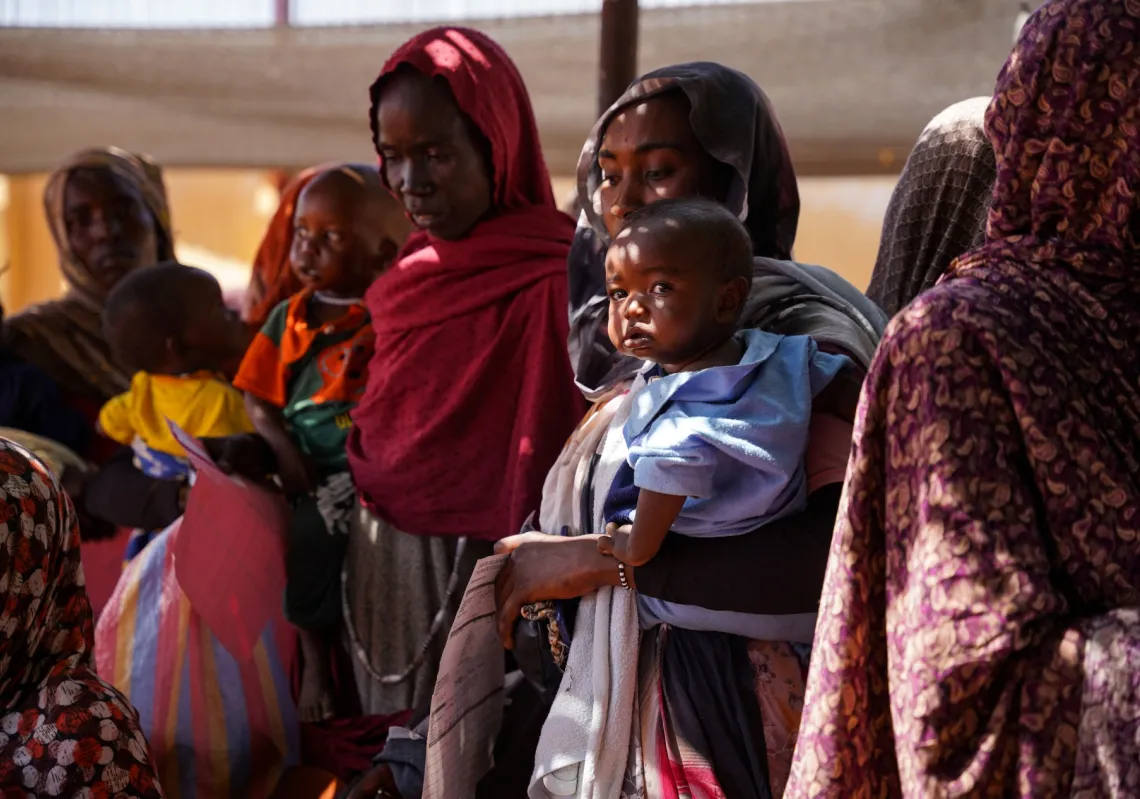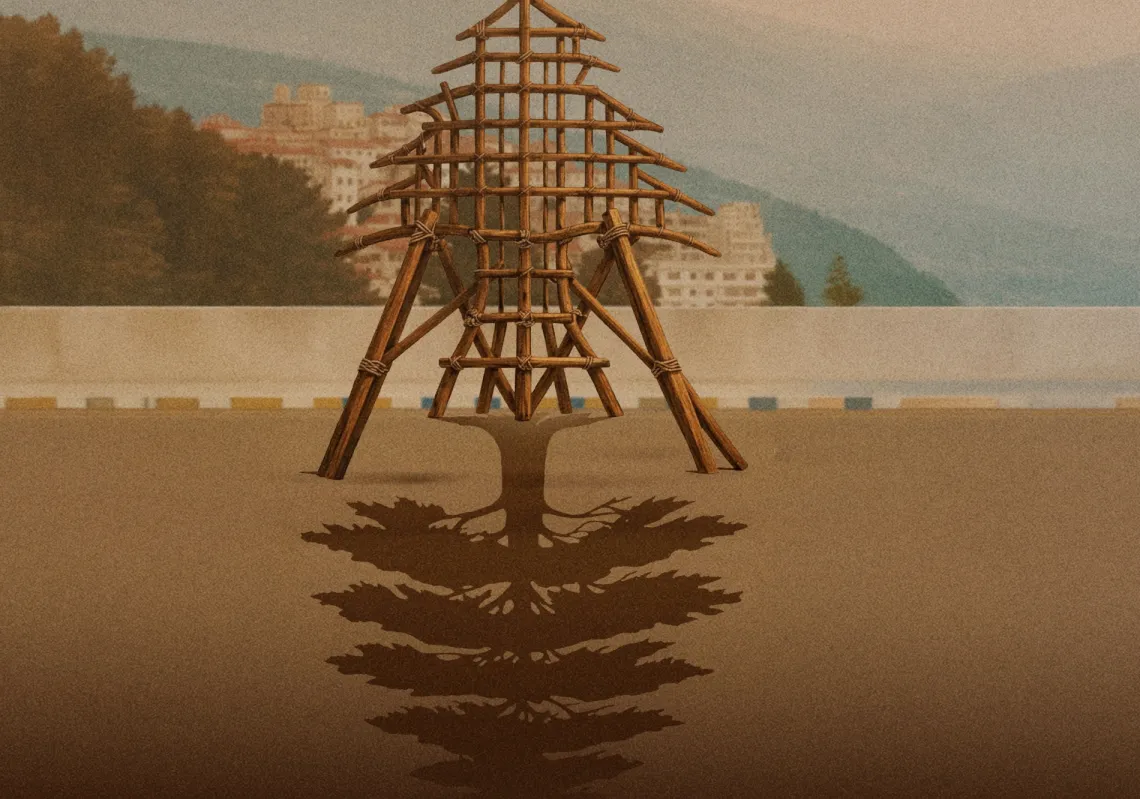None of the numbers from Lebanon’s civil war make for easy reading: 130,000 dead, a million displaced, 15 years duration, billions of dollars to rebuild. Today, the trauma, fear, and sorrow linger. Many who fled never returned. The war took a heavy toll not just in lives but in livelihoods.
It ravaged the economy, destroyed infrastructure, and saddled the country with massive debt that continues to hinder progress. For a country once dubbed the “Switzerland of the East,” thanks to its flourishing banking sector and vibrant business sectors, this was a fall from grace like few others. By the time it ended in 1990, the country was on its knees.
The conflict had been fuelled by sectarian tensions, political instability, foreign interventions, and financial crises. There was no clear plan to stabilise the economy or reform public finances, and this led to a dramatic decline in Lebanon’s economic standing. Yet money was desperately needed to rebuild not just homes but Lebanon’s broken physical infrastructure.
Racking up debt
Large parts of major cities like Beirut, the former commercial and cultural hub, were reduced to rubble. Roads, bridges, ports, power stations and the international airport all sustained serious damage, paralysing trade and services. The cost of reconstruction was estimated at around $20bn, according to a study by the Arab Fund for Economic and Social Development.
Foreign loans were needed. This inevitably contributed to a ballooning public debt. Reconstruction efforts focused on Beirut, meaning other areas were neglected, as engineers and architects sought to return the capital’s war-torn central district to its former status as a financial and cultural centre.

The Lebanese Company for the Development and Reconstruction of Beirut Central District (Solidere) transformed downtown Beirut into a modern commercial area, but the area's many pre-war residents, small businesses, tradespeople, and low-income earners remained displaced with the arrival of luxury developments for the elite. Meanwhile, rural areas battered by war had much less attention, deepening inequality and stoking resentment.
Prior to the civil war, Lebanon's banking sector was the envy of the region, benefitting from liberal financial policies and a reputation for stability, but the conflict shattered trust—militias looted banks, the Lebanese pound depreciated sharply, and hyperinflation took hold.
In 1975, a US dollar cost just over two Lebanese pounds. By the time the war ended, it had cost 505 Lebanese pounds. Capital left the country, as those with money and businesses moved their assets abroad, draining the economy of much-needed liquidity. Political stagnation set in, leaving much-needed reform looking less likely.
Effects of war
Lebanon was largely a service sector economy. Services accounted for approximately 70% of the gross domestic product (GDP)—one of the highest proportions globally. The core of this was banking, but two-thirds of all financial activity was controlled by foreign or joint-venture banks. The remaining third lacked diversification, with few specialised institutions (the Agriculture, Industrial and Real Estate Credit Bank was an exception).
This had a consequence. When clouds began forming, the foreign banks withdrew huge chunks of their deposits, funds that could have supported the local economy.

Alongside banking, Lebanon's economy relied on trade and tourism; however, the civil war disrupted supply chains, tourists stayed away, hotels and restaurants suffered significant revenue losses, and the country's role as a commercial bridge between East and West diminished.
More than a million Lebanese fled abroad. In a country with only 3.5 million people, that represented an enormous loss, not least because many who left were educated and skilled. This 'brain drain' stifled its economic recovery and led to a lack of innovation.
Although most who left never returned, the large Lebanese diaspora played a critical role in the country's reconstruction. In the 1990s, remittances were worth up to $3bn annually. They became a lifeline for families and helped fund private investment in housing and small businesses. But this masked the need for sustainable domestic growth and even delayed some structural reforms.
Becoming reliant
Instead of stimulating the economy and rolling out a training programme to equip the labour force with the skills needed for reconstruction, the government relied on the wealth of expatriates. This led to reliance on foreign expertise and inflated costs, as the social trauma of war led to poverty, unemployment, and unrest.











